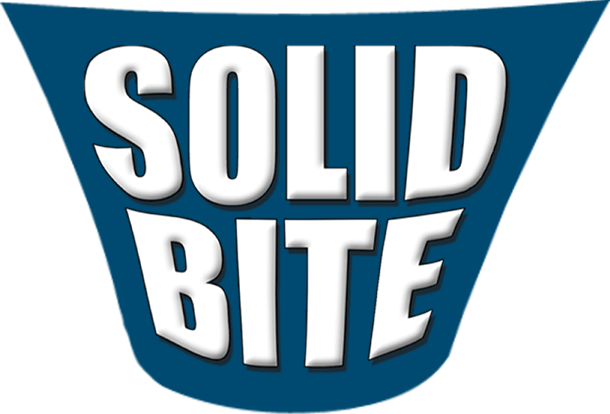Pain Relief from Low Dose Naltrexone
From time to time, I depart from dentistry to discuss your overall health. The topic that I’m about to talk about is controversial. And I caution you as I always do when I write on medicine that you should consult with your doctor before you consider any changes in your treatment as a result of the data in this column. But the changes that I have seen have been so dramatic, and frankly the data is so easily found on the internet, that I felt that it is time to share them with you today.
Naltrexone is a drug. It is in a class of drugs known as opioid antagonists, and is used to help people with alcohol and drug dependencies keep from resuming those habits. The ordinary dose is 50-100 mg. per day. This however is not an article about those addictions and how to treat them. It is an article about how, for the past 25 years, a 2 to 4.5mg. dose of the same medication has shown other positive powerful effects. It is known as LDN, Low Dose Naltrexone.
I first found out about LDN during one of my visits to a well-known complementary medicine institute in another state. As I got to know my physician, I asked him about alternative treatments for Multiple Sclerosis, because someone very close to me had been diagnosed with that problem and was in a lot of pain. Traditional treatments hadn’t worked for her, despite a great deal of expense and seeing the best people that she could. My physician said, “Have you ever heard of LDN?” That question was one of those “Aha” moments. And when I told this person with MS about it, she jumped on it, looked at some articles on the internet, and found a doctor who would prescribe it for her. Her pain relief was remarkable, and while she still had some of the burning pain, she could function again.
Because LDN is a low dose of a generic drug, there is no pharmaceutical money to research this medication. But there are some studies of note that have been published in the medical literature. One case report of three female patients at the University of Utah showed a significant improvement in pruritus (itching) in scleroderma. Another study of 40 Crohn’s Disease patients at Penn State University showed not only improvement in pain, but also evidence of healing of the digestive tract. And pilot studies are showing indications that LDN not only improves pain and disability associated with MS, but also may stop the progression of the problem.
In addition, a pilot study on fibromyalgia was done at Stanford University in 2009. 6 out of 10 patients felt significant pain relief over that found when taking a placebo. A more comprehensive study has been proposed but has not been released as of yet.
The data that in this column is an indicator only. One should weigh the risks and the rewards of any treatment before deciding to undergo that treatment. However, it is safe to say that Naltrexone has been around for a long time and has a good track record of safety in full doses. The nuance in these pilot studies and case reports is less than 2-4.5 mg of Low Dose Naltrexone per day may produce significant clinical improvement in pain and in healing of some chronic degenerative problems.
If you would like some references on LDN, please email me atLeeNSheldon@cfl.rr.com
Lee N. Sheldon, DMD




